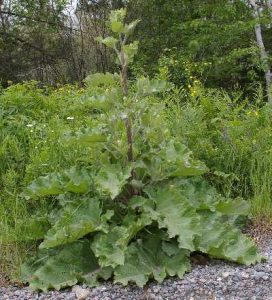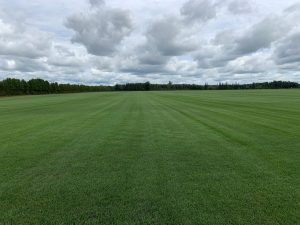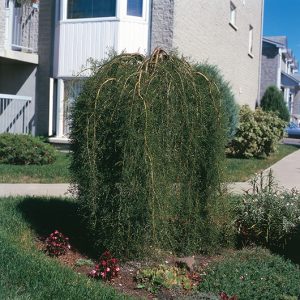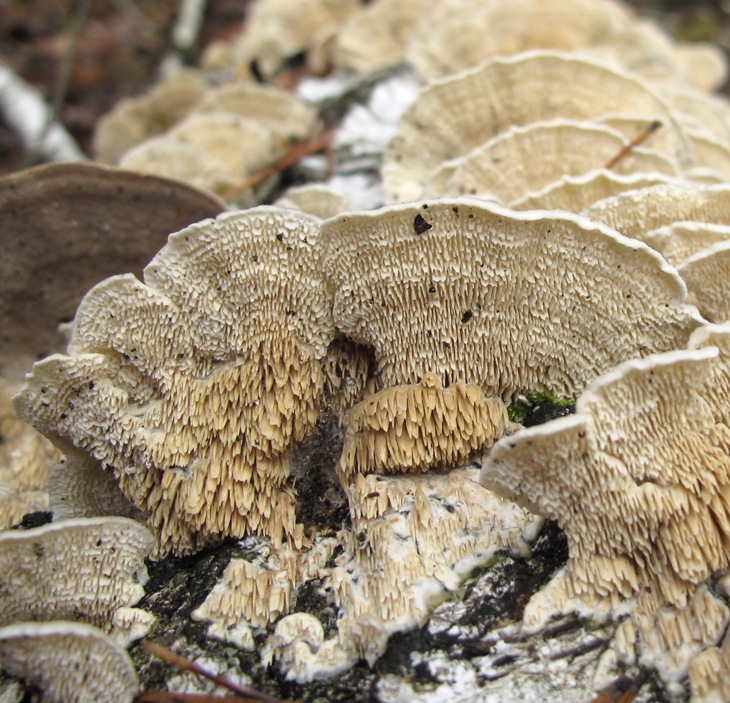
Hi, Dave here from Foxy Gardens in southwestern Ontario, Canada. Fungi play a vital role in ecosystems worldwide, breaking down dead organic matter and recycling nutrients essential for plant growth.
Among the many fascinating fungi is the Milk-white Toothed Polypore, scientifically known as Irpex lacteus.
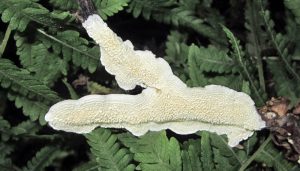
This common yet often overlooked fungus is notable for its unique appearance and ecological importance. Found across temperate regions in North America and Europe, it thrives on dead wood, particularly hardwood branches and trunks.
In this article, we’ll explore how to identify Irpex lacteus, its ecological role, its presence in urban areas, and the impact it may have on trees and human health.
What is the Milk-white Toothed Polypore?
The Milk-white Toothed Polypore is a white-rot fungus that decomposes lignin, the complex polymer in wood that gives trees their rigidity.
Unlike many mushrooms with classic caps and stems, Irpex lacteus typically forms flat, crust-like patches that can develop shelf-like edges or caps on the underside of dead logs and branches.
Its name comes from the milk-white color of its pore surface, which can become tooth-like or “hydnoid” as it ages—this means the pores actually develop tiny tooth-shaped projections instead of the more common round holes seen in polypores.
Its spore-bearing surface (hymenophore) is distinctive because it can appear as either pore-like or tooth-like, depending on environmental conditions. The Milk-white Toothed Polypore can sometimes look like a shapeless white crust, which has earned it the descriptor “resupinate polypore” among mycologists.
Habitat and Distribution
Irpex lacteus is widely distributed across temperate areas worldwide, with particularly common populations in eastern North America and Europe.
It is frequently encountered on hardwood trees such as oak, maple, and beech, growing on fallen branches, dead trunks, and sometimes stumps. Its ability to thrive on dead wood in both forested and urban environments means it can often be found in parks, gardens, and along old railway lines.
Interestingly, Irpex lacteus has demonstrated remarkable resilience to pollution, allowing it to persist in city environments where other fungi may struggle. This pollution tolerance may partly explain why it is one of the most common wood-rotting fungi in urban North America.
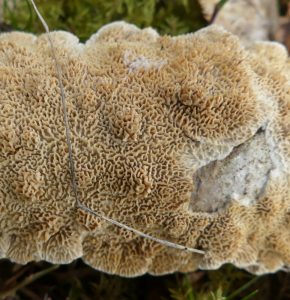
Ecological Role and Importance
As a white-rot fungus, Irpex lacteus plays a crucial role in forest ecosystems by decomposing lignin in dead wood. Lignin is notoriously difficult to break down, and white-rot fungi like Irpex lacteus are among the few organisms capable of this process.
By decomposing lignin, these fungi help release nutrients trapped in dead wood back into the soil, supporting new plant growth and maintaining soil health.
This ecological recycling process contributes to nutrient cycling and habitat formation for various forest organisms. Without fungi like the Milk-white Toothed Polypore, fallen wood would accumulate, slowing decomposition and disrupting ecosystem balance.
How to Identify Milk-white Toothed Polypore
Identifying Irpex lacteus in the wild requires careful observation of several key features:
-
Color: Fresh specimens are typically bright white or cream-colored, sometimes turning dingy yellow as they age.
-
Texture: The surface is usually smooth when young but develops tiny tooth-like projections as it matures.
-
Form: It forms thin, flat patches that spread across the underside or sides of fallen wood. Some older patches develop shelf-like caps with reflexed edges.
-
Pore Surface: Unlike many polypores with round pores, this fungus’s spore surface breaks up into fine teeth.
-
Location: Look for it on dead hardwood branches or logs, particularly in shaded, moist areas.
Because Irpex lacteus can look like a shapeless white crust, it can be confused with other wood-inhabiting fungi. However, its characteristic tooth-like pores and white coloration are key identifiers.
Impact on Trees and Urban Areas
While Irpex lacteus primarily colonizes dead wood and aids decomposition, it can sometimes be found on weakened or dying trees, causing further decay. In urban environments, this may raise concerns for homeowners and arborists, as fungal colonization can weaken structural integrity in trees and increase the risk of branch failure.
It is important to note that Irpex lacteus is not typically a primary pathogen of healthy living trees but rather an opportunistic decomposer that takes advantage of dead or damaged wood. Proper tree health management and removal of dead wood can help limit its spread in residential areas.
Human Health Considerations
Though generally harmless to most people, there have been rare reports of Irpex lacteus causing pulmonary infections in immuno-compromised individuals. Such infections are uncommon but highlight the importance of caution when handling fungi or working in environments heavily colonized by wood-rotting species.
For most people, exposure to this fungus poses no health risk. Wearing gloves and masks during mushroom foraging or wood clearing activities can further minimize any potential concerns.
Additional Interesting Facts
-
Taxonomy and Synonyms: Over time, Irpex lacteus has been described under various scientific names due to its variable appearance, making its taxonomy complex.
-
Genomic Insights: The complete genome of Irpex lacteus has been sequenced, offering insights into its wood-decaying enzymes and pollution resistance.
-
Pollution Resistance: Its resilience to toxins and pollutants allows it to survive in urban settings, making it a valuable species for studying environmental adaptation.
-
Not Edible: This fungus is not considered edible due to its tough texture and lack of culinary value.
Conclusion
The Milk-white Toothed Polypore (Irpex lacteus) is a fascinating and ecologically vital fungus found throughout temperate forests and urban landscapes. Its unique ability to break down tough wood components like lignin plays a significant role in nutrient recycling and forest health. While it generally sticks to decomposing dead wood, its presence on weakened trees in cities means it merits attention from arborists and homeowners.
By understanding the identification, ecology, and implications of Irpex lacteus, we can appreciate this common yet important fungus’s role in maintaining balanced ecosystems and managing urban tree health. Whether you are a nature enthusiast, gardener, or urban forester, keeping an eye out for the Milk-white Toothed Polypore adds another layer of appreciation for the complex world of fungi.

